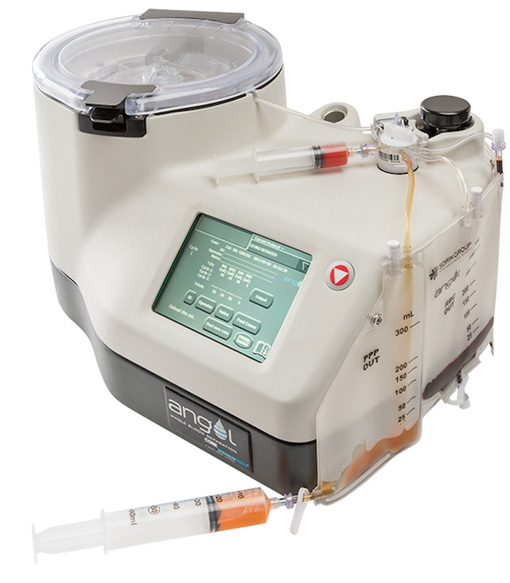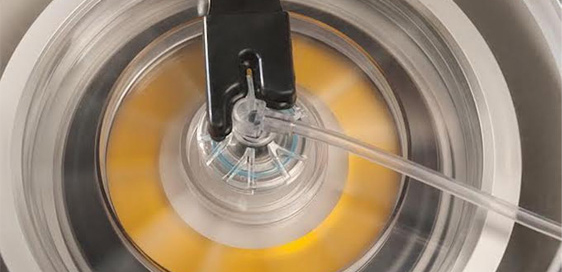What is PRP treatment?
Platelet Rich Plasma, commonly known as PRP, is a non-surgical treatment for those suffering from hair loss. The PRP treatment involves using small scalp injections filled with concentrated solution derived from the sample of patient’s own blood. PRP is a type of ‘biotherapy’ that utilizes the ability of the patient’s body to heal and repair naturally. Due to this, it is preferred by those who wants to avoid pharmaceutical products or who wants to use this treatment along with the hair loss treatments they are currently using.
In the world of hair transplant surgery, PRP is a new kind of treatment. However, PRP has already been used extensively in the treatment of joints and facial skin rejuvenation. This procedure of hair loss treatment is considered safe.
PRP– Is it same for all treatments?
PRP is an extensive term and the possibilities of successful results depend on number of factors. While using this procedure, the concentration of platelets and other blood components in the PRP sample need to be precisely controlled and adjusted as per the condition being treated. The key factor is the selection of centrifuge device that is used to create the PRP sample is very important. It is imperative to verify the scientific credentials of the device used for the treatment.
What is the solution filled in a PRP injection?
The majority of volume filled in the injection is Plasma, which is the fluid component of blood. The Plasma includes three types of blood cells - red blood cells that carry oxygen, white blood cells that help fight infections, and platelets that are responsible blood clotting, scab formation, wound healing and repair. Platelet Rich Plasma is a solution that contains about five times the concentration of the normal platelet level. After an injury, platelets play a critical role in the healing process by releasing growth factors, which are a group of proteins that stimulate the growth of specific tissues.
How PRP enhances hair growth?
As of now, it is not clear how exactly PRP enhances hair growth. Many studies has been done that shows PRP treatment can stimulate hair growth in the laboratory and clinical trials. It is assumed that the growth factors in PRP stimulate new blood vessels, amplifies natural healing process and even possibly stimulates stem cells. To solidify the research outcome, more tests are continuously done to identify how PRP works in stimulating hair growth.


